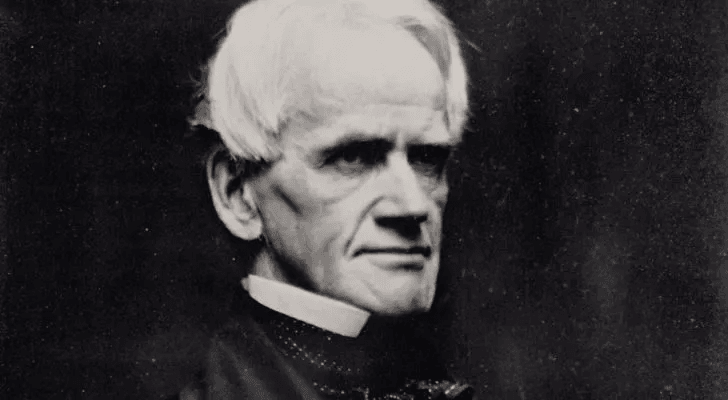
10 Interesting Facts About Schools Around the World
- Life & Love
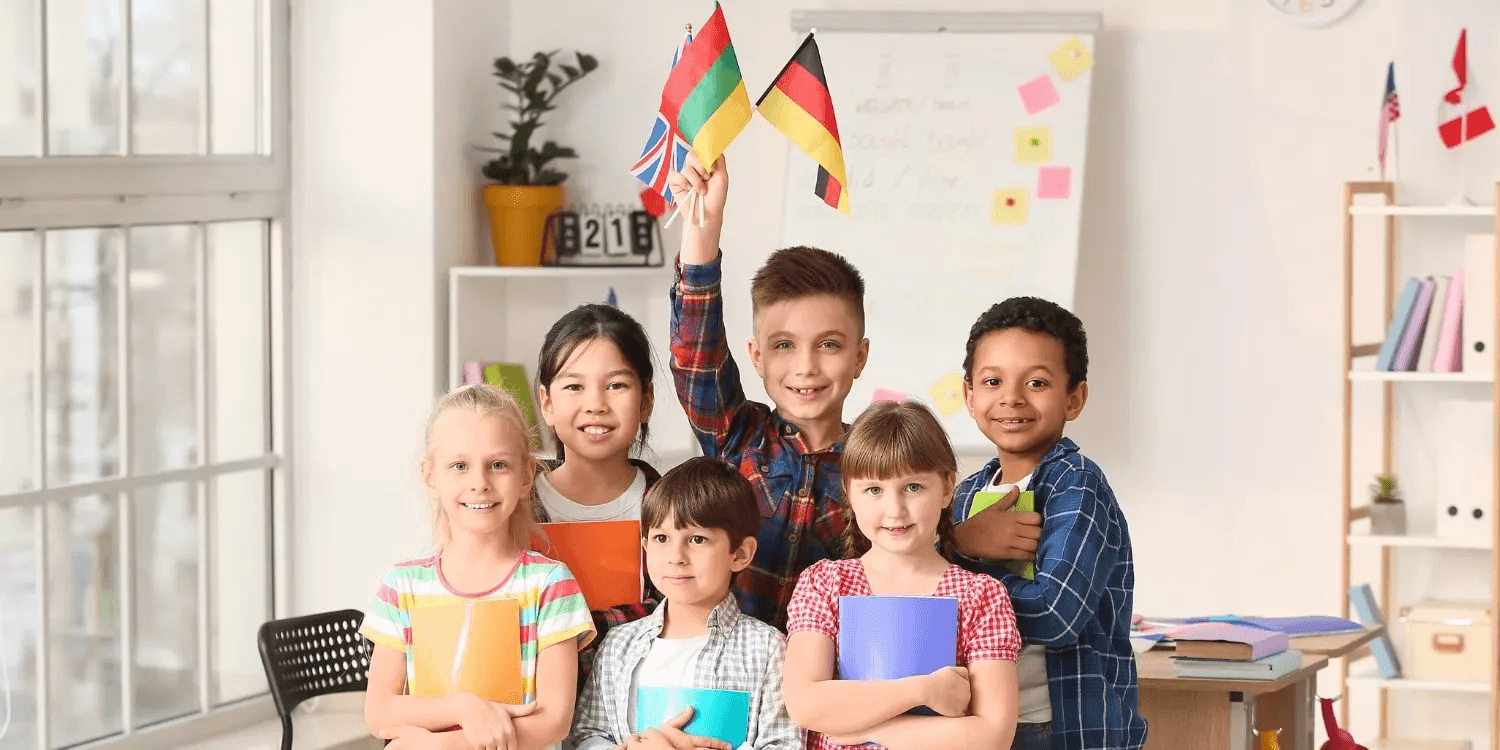
School has become a cornerstone of human society, shaping young minds into the important adults of the future. It prepares us for everything we may face in life and teaches us how to work together.
Every culture has its own traditions and ideas about how to educate our children, though, and it is all fascinating.
Have you ever wondered how kids in the desert learn or why you wear a school uniform?
Read along with us as we learn about the different ways people around the world educate their kids.
Japanese students clean their school themselves.
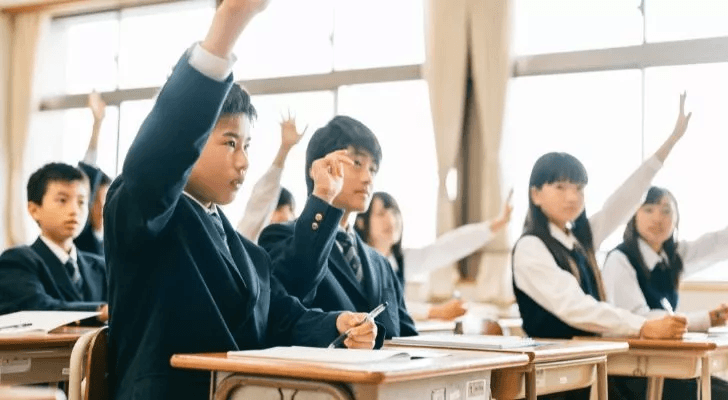
Known as o soji, Japanese students clean their entire school at the end of every school day. They take out the trash, sweep the floors, and even clean the restrooms.
All of this is believed to help build character, teamwork, and respect for one’s environment.
Another way they keep their school clean is for students to replace their outside shoes with slippers, called uwabaki, that they wear in class to keep dirt from the outside away.
Kids in Germany start school with a giant cardboard cone.
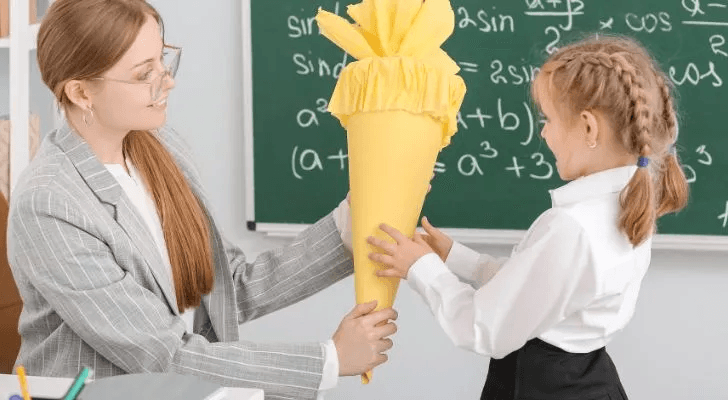
As part of a tradition starting sometime in the 19th century, on their very first day of school, German kids receive a Schultüte.
This giant cardboard cone is often filled with candy, toys, and all of the school supplies they will need for their first year of school.
The gift-filled cones are supposedly “grown” on trees, and the kids pick them when it’s time for their first day of school. This marks the beginning of der Ernst des Lebens, the serious side of life.
Some Outback children learn on the radio.

In rural Australia, deep in the Outback, kids are too few and far between for normal schools to be viable. So, in 1951, The School of the Air was started, and kids started learning via radio.
Students have contact with an educator via radio and spend about an hour getting their lessons before completing their assignments, which are sent to a nearby education hub by post.
Since 2009, the internet has been integrated into the process, and students get a live one-way video feed while being able to communicate with their teachers with 2-way audio.
Finnish schools have the shortest days.
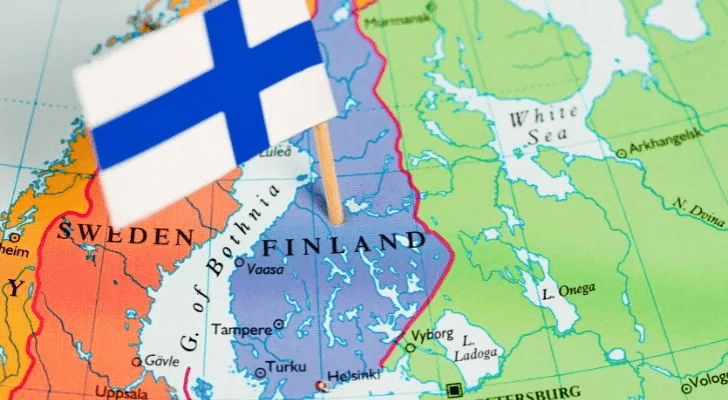
On average, schools in Finland are only in session for about 5 hours a day and have little to no homework.
This may be surprising as Finland also ranks as one of the best school systems in the world, putting an emphasis on quality over quantity.
In comparison, like in many Asian countries, Taiwanese students can expect an 8.5-hour school day.
It doesn’t end there, though, as most students will then go to private lessons after school to continue learning.
School uniforms were invented in England around 500 years ago!

The first written record of schools using uniforms comes from 1552 when Christ’s Hospital School started making its students wear blue blazers with yellow socks.
A very similar uniform is still worn by students of the school today.
School uniforms are far from being in use in every school, though. In fact, their usefulness has long been debated!
The two most prominent studies into school uniforms disagree with each other, too; one study says that uniforms lower bad behavior, while the other says it makes no difference!
Some kids in Bangladesh are taught aboard floating schools.

During the monsoon season in Bangladesh, it becomes very difficult for students to get to school due to floods and the destruction they bring.
The Shidhulai Swanirvar Sangstha organization began tackling this problem in 2002 by bringing schools to them by boat.
The organization has a 56-vessel fleet of floating schools, libraries, health clinics, solar workshops, and floating training centers operating year-round. An extra 55 boats operate during the monsoon season.
The boats are solar-powered, linked to the internet, and have everything a modern classroom could need.
The modern US schooling system is largely thanks to one man.

Education has been around since ancient times, and public schools and universities have existed for hundreds of years. In the 19th century US, though, education was an unorganized mess.
One man, Horace Mann, took it upon himself to bring order to the chaos.
Upon becoming Secretary of the Board of Education for Massachusetts in 1937, he began to completely reform the system.
His basis was that universal public education was the best way to turn unruly American children into disciplined, judicious Republican citizens.
He introduced taxes to fund public schools while convincing businessmen that the new taxes would lead to a more educated workforce that, in turn, would generate more profit.
Due to his involvement, he is known as the “Father of American Education.”
India’s Midday Meal Scheme feeds 120 million school kids daily.
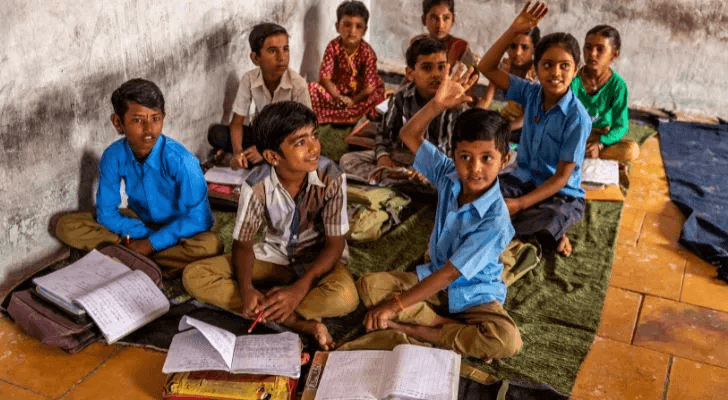
Sourashtra Boys Secondary School first implemented this program in 1955.
68 years later, on November 28, 2001, India’s Supreme Court gave the entire country’s schools six months to implement the scheme, which provides cooked lunches to over 120 million kids in 1.27 million schools every day.
Schools serve various foods but must adhere to strict guidelines dictating the minimum amount of calories, protein, and vegetables each meal should contain.
Until 1981, French schools served wine at lunch!

Wine is a huge part of French culture. Between 1956 and 1981, students in France above the age of 14 were allowed wine at school lunch.
Before 1956, schoolchildren had the right to drink 17 ounces (0.5 liters) of wine, cider, or beer with their meals.
A national propaganda committee in the 1930s helped popularize wine drinking in schools to help children get accustomed to the taste of wine.
Maria Montessori revolutionized young learner education in Italy.
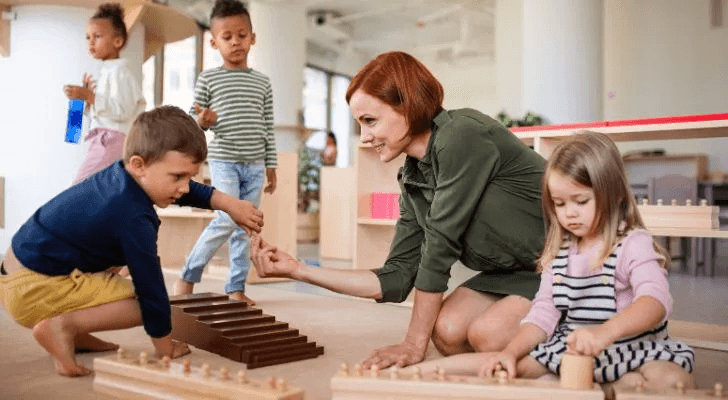
The Montessori method gives students the freedom to choose their activities, interests, and overall path of learning.
Teachers create an environment where students can discover their interests and then learn about them by completing activities set out for them to discover.
Maria strongly believed that children learn through interacting with the world around them and that forcing kids into a box only hindered their education
Today, her method has been adopted by many schools worldwide.
Instead of sitting at one desk all day, Montessori students can move freely around the class, and many activities are student-led.





